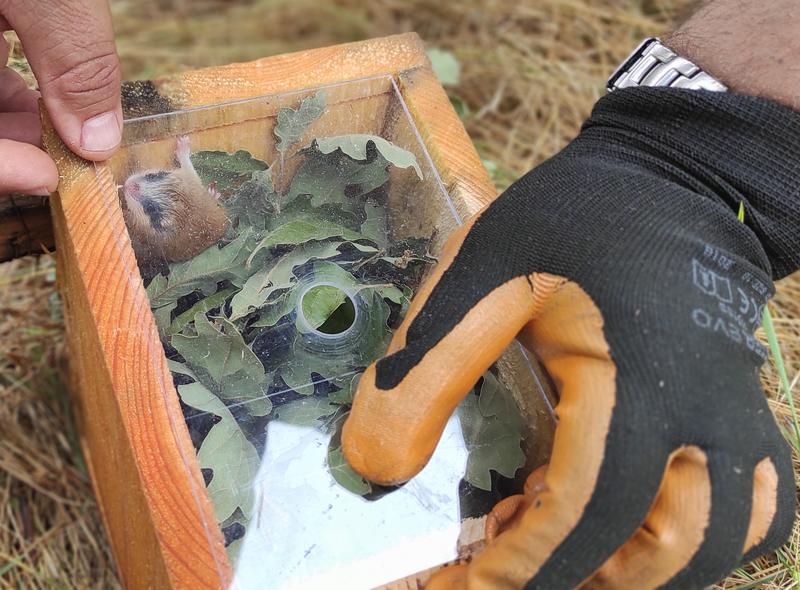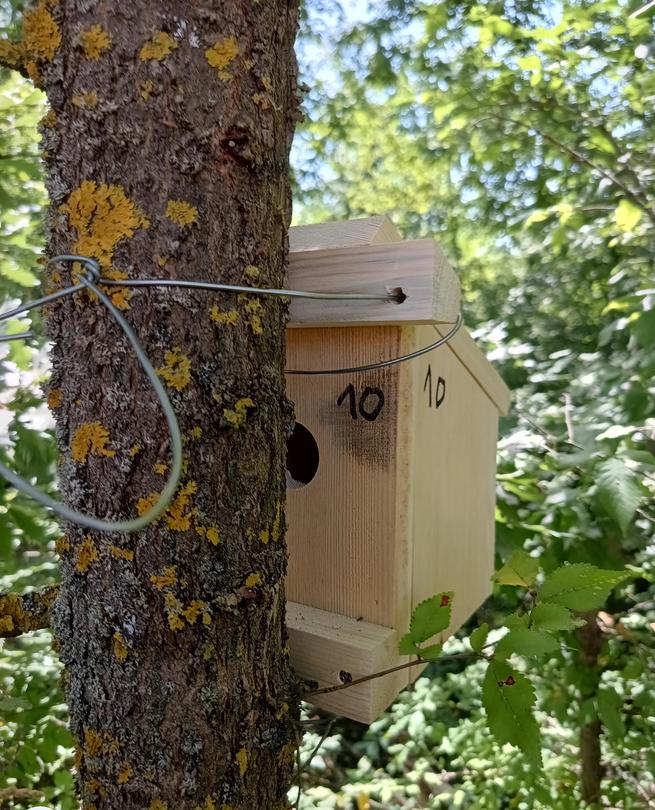Dormice observation houses are being installed in 43 locations across the country as part of a new monitoring methodology
25 Jun, 2024 | 14:27Within the framework of the National Biodiversity Monitoring System (NBMS), monitoring of dormice is carried out by placing specially designed boxes.
Under a contract between the Executive Environment Agency (EEA) and the Institute of Biodiversity and Ecosystem Research (IBER) at the Bulgarian Academy of Science, field observations are carried out to obtain biogeographic information on species of different biological groups protected at European and national level. These include 3 species of dormice - the Hazel Dormouse (Muscardinus avellanarius), the Forest Dormouse (Dryomys nitedula) and the Mouse Dormouse (Myomimus roachi), which are protected rodent species under the Biodiversity Act.
Dormice inhabit forest and non-forest areas, feeding on flowers, leaves, berries, nuts and some insects. They get their name from the fact that they hibernate for most of the year (October to April). Dormice give birth once, at most twice a year, most often in July-August, to 4-6 young. They nest in tree hollows (some species also nest outdoors in the branches of shrubs and trees), in attics of huts and outbuildings. Dormice are nocturnal animals - they sleep during the day and are active at night.
Dormice are monitored using specially designed and constructed wooden houses that are placed in trees at 43 pre-designated monitoring sites throughout the country. The dormice houses are part of the new methodologies at the NBMS. They have entrance holes facing the tree trunk (unlike those for birds). The monitoring sites have a sample area of 1x1 km. At each monitoring site, 25 houses are placed. At 14 of the sites, a total of 350 houses have already been placed under a previous EEA project, and at the remaining 29 sites field work is currently underway to place a further 725 houses.
The houses are readily populated, long used by dormice and represent the best solution for long-term monitoring of populations of these species. At the same time, these houses are important for the conservation of dormice as their use has been shown to increase the population density of these species.
Experts from the Regional Inspectorates for Environmental and Water (RIEWs), the National Park Directorates and the Nature Park Directorates assist the IBER teams in their fieldwork. After the completion of the project, which started in early April 2024 and has a duration of 15 months, the NBMS monitoring of dormice will continue to be carried out by the RIEWs, national park directorates and nature park directorates. Experts from the territorial structures will receive special training for this purpose.







